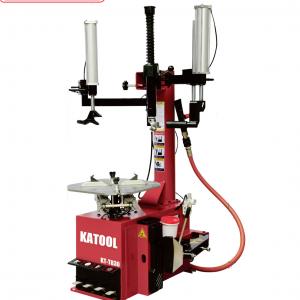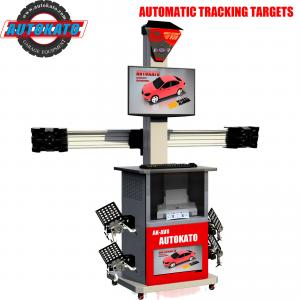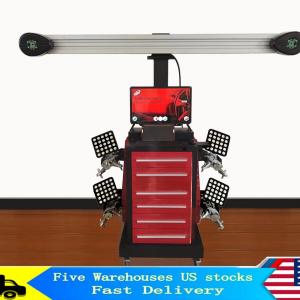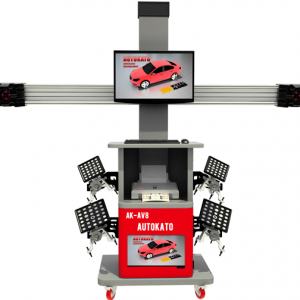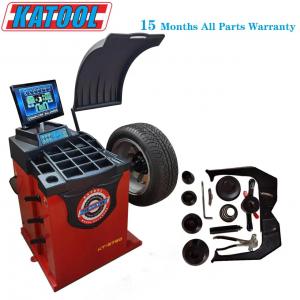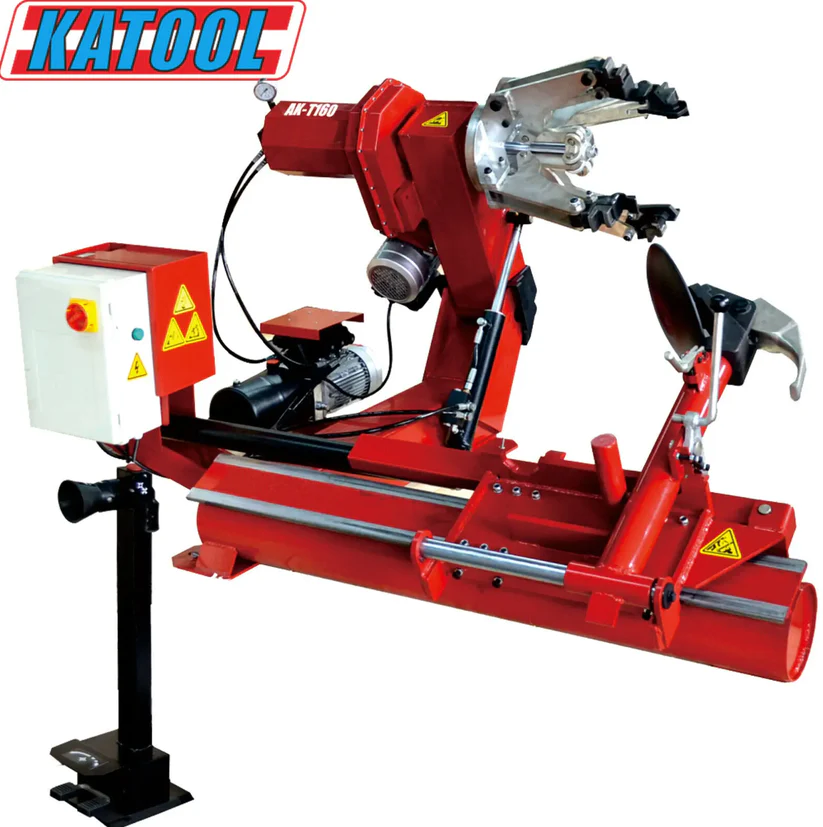Why You Should Balance Your Wheels And Tires
Have you ever felt a small (or maybe not so small) vibration when you turn onto the highway? Or maybe you’ve noticed that one part of your tires is more worn out than the other?
There’s a good chance that your tires are out of balance.
Our cars and trucks cover a lot of distance, over many different types of terrain. So it’s natural that tires go out of balance from time to time. It could be something that builds up over time and is caused by things like bad roads, to a sudden shock like hitting a big pothole. If the problem is identified and corrected quickly, there should be no long-term damage to your vehicle.
Even though there could be other reasons why you’re getting steering wheel ‘jump’, (like having a bent/dented rim or worn brakes or suspension parts) tires are often the culprit and they’re the easiest to fix.
It’s important to have your wheels and tires balanced for two main reasons:
Safety and cost.
Unbalanced tires can negatively impact how your vehicle handles, especially in wet or icy conditions. Unbalanced tires can end up ‘fighting’ each other and will affect your steering. The vehicle will start to pull in a certain direction and you will have to constantly have to pull it back to center or countersteer the car. Not only is this dangerous, but it’s also really tiring on long trips.
Unbalanced tires also cause premature and uneven wear. Because the tires are ‘fighting’ each other, and have to be constantly corrected, they will start to wear out much faster. If you’ve spent good money on a good set of tires, the last thing you want to be doing is shelling out more cash for a brand new set.
A wheel and tire can be unbalanced in two ways: Static Imbalance and Dynamic Imbalance. A static imbalance is when the tire is spinning elliptically instead of in a circle and makes the tire ‘bounce’ up and down. A dynamic imbalance is when you have a heavy spot that is off the midline of the wheel and makes the wheel ‘wobble’ left to right.
Both of these can occur on the same wheel and need to be corrected for it to run true. So how do you correct an unbalanced tire? Well, you balance it! :-)
When a wheel is balanced, it is taken off the car and placed on a machine that first identifies the unbalanced spot (or spots) on the tire. Then the operator adds weights to counterbalance the wheel until it runs as straight as possible (Also known as ‘true’). Once the wheel runs ‘true’, it can then be remounted to the vehicle.
Now there are two types of wheel balancing techniques available:
Static and Dynamic Balancing
Static Balancing
Static balancing is an older method, where the wheel is put on a machine that has a horizontal axle similar to a vehicle axle. The wheel is then allowed to sit and the heaviest part of the wheel will rotate to the bottom - this should be the unbalanced part. In older static balancers, an oil filled sighting gauge (bubble gauge) is then used to work out exactly how imbalanced a wheel is (called bubble balancing). Newer static balancers have machines that work out the imbalance. Once the balance is confirmed, weights are attached to the centreline of the wheel to correct the imbalance. You can actually get tools to do static balancing at home - but it takes a lot of skill to get right because you need to get the weight balance just right for the wheel to be properly balanced.
Dynamic Balancing
Dynamic Balancing is when the wheel and tire are clamped on a machine and spun at speeds of approximately 10-15 mph or 55-60 mph. Sensors then pick up where the imbalance is on the tire as it rotates as well as where counterbalances should be placed. Dynamic Balancing picks up on both static and dynamic imbalances.
Static balancers often use one weight along the midline of the wheel to balance. Because of the higher accuracy of Dynamic balancers, they can use two weights to balance the tire. These two weights can be placed at different points along the wheel, not just the centreline. Which means a smoother that is running as ‘true’ as possible.
